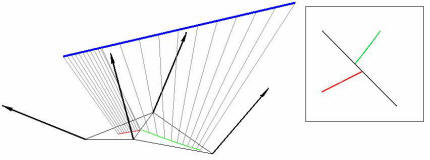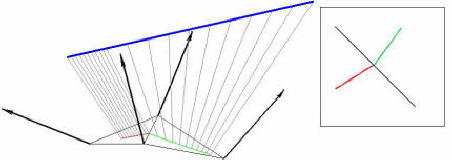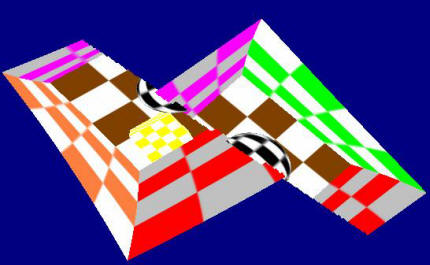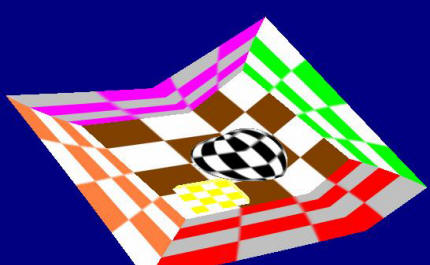Sample-Based Camera: Camera Model Design for Fast and Accurate Reflections
| Feed-forward reflection rendering |
|---|
| The sample-based camera (SBC) is a general camera constructed from a given set of rays. The first application of SBCs that we have explored is rendering accurate reflections on curved reflectors at interactive rates. In order to render reflections with the feed forward graphics pipeline, one has to compute the image points where a reflected scene point projects. For general reflectors, the problem of projecting reflected vertices does not have a closed form solution. The SBC is a collection of BSP trees of pinhole cameras that jointly approximate the projection function. One BSP tree is built for each convex component of the reflector. The projection error is controlled by the user, the typical upper bound we use is 1 pixel. The method supports change of view, moving objects and reflectors, higher order reflections, view-dependent lighting of reflected objects, and complex reflector surface properties. The SBC approach excels in the case of large smooth reflectors like the ones in the images below. Complex reflectors perturb the desired image rays considerably: less coherence and more intersections make the hierarchical space partitioning less efficient. We handle complex reflectors with a different approach, based on approximating the reflected scene with impostors. |
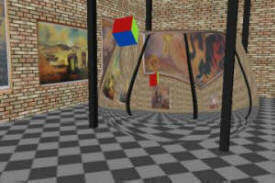  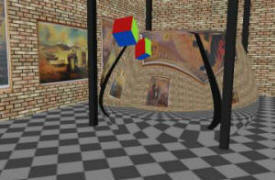 Environment mapping, SBC (60fps), and ray tracing. |
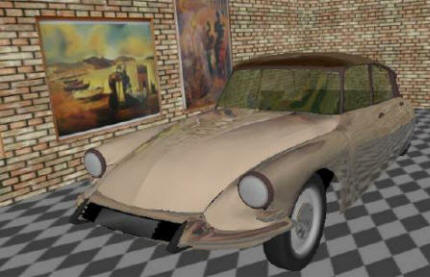 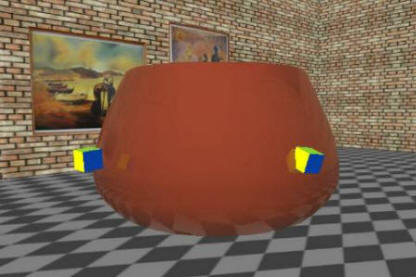 Fresnel & attenuation with distance effects. |
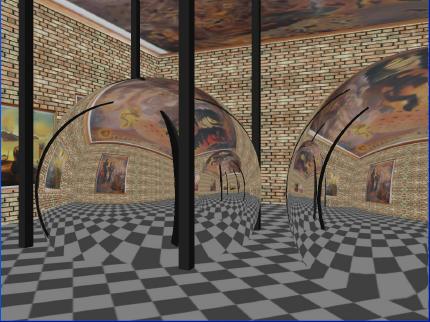 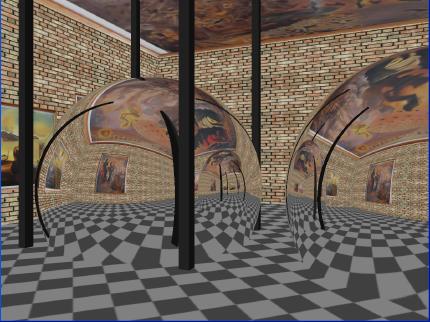 1st and 2nd order reflections rendered with SBC (left, 30 fps) and ray tracing (right). Image resolution: 1140×960. |
| Publications |
|---|
| People |
|---|
